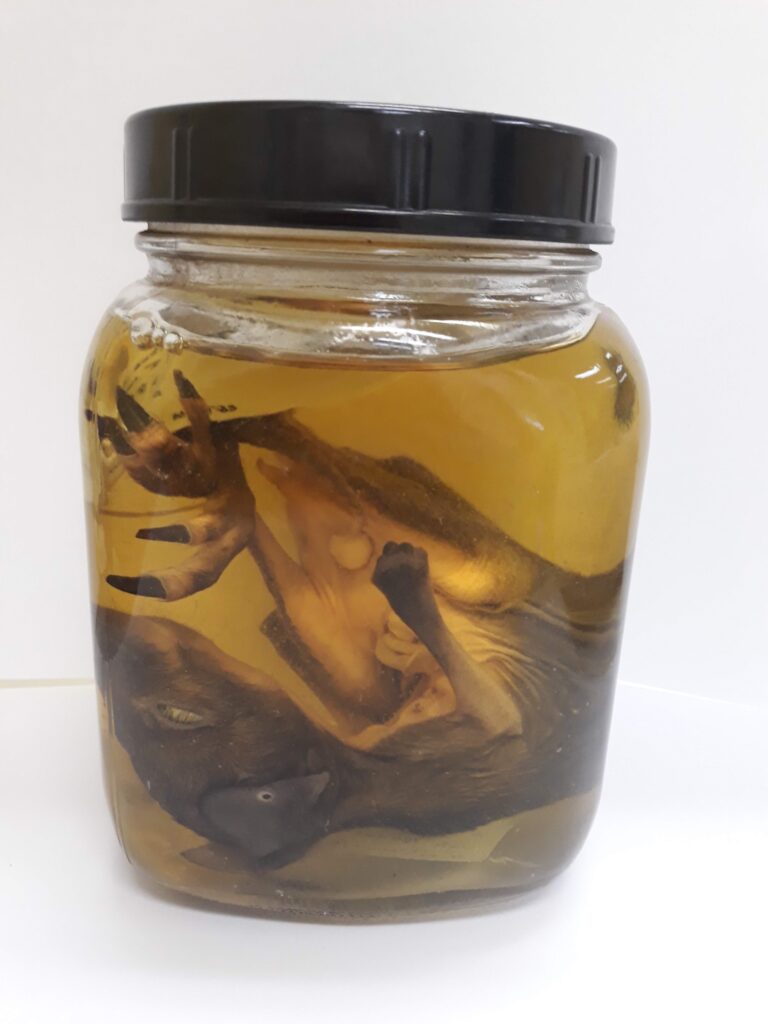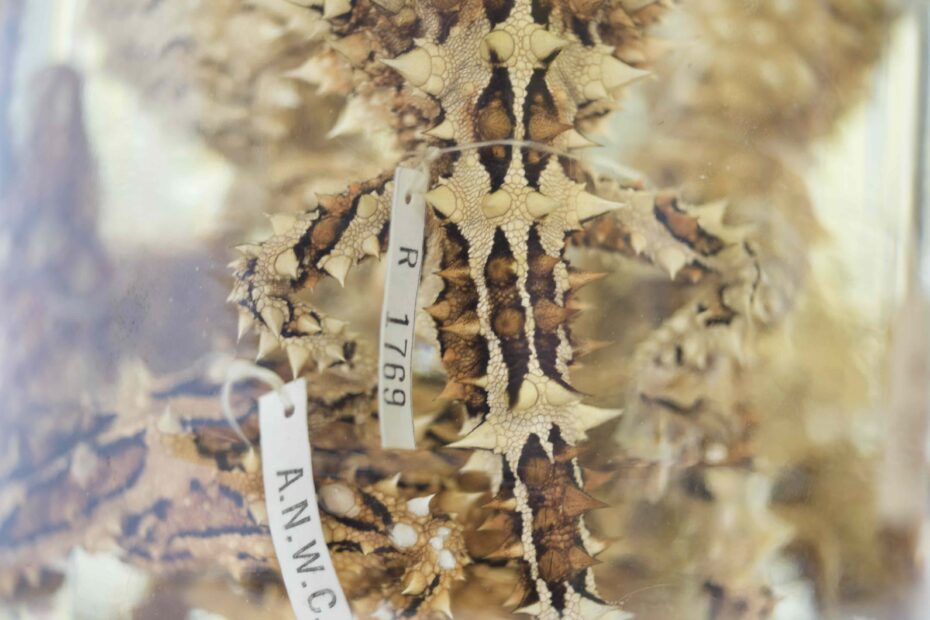Just in, my team at CSIRO has published an end-to-end method of selecting and sequencing formalin-fixed museum specimens.

My new paper in Molecular Ecology Resources (co-authored by Marina Alexander, Alicia Grealy, Jiri Stiller, Don Gardiner & Clare Holleley) unlocks spirit vaults for more extensive whole genome sequencing. While recent studies have indicated that small-scale sequencing of formalin-preserved specimens is possible, results have been sporadic and mostly hit-or-miss.
We show that you can look at the gut integrity of the specimen and measure the pH and residual formaldehyde content of the preservation media to predict sequencing success of a given specimen. Once you’ve selected suitable specimens, hot alkaline lysis DNA extraction coupled with library prep optimised for degraded DNA produces complex libraries containing high proportions of endogenous DNA. We show that moderate sequencing effort can recover whole mitochondrial genomes and our results indicate that deeper sequencing is likely to produce adequate depth to recover whole genomes.
Our study helps to improve confidence in the curation & research communities when it comes to potentially using formalin-preserved specimens for molecular analyses.
